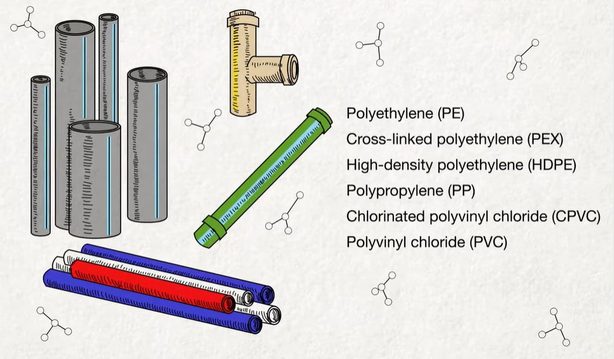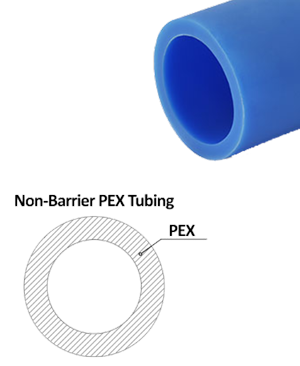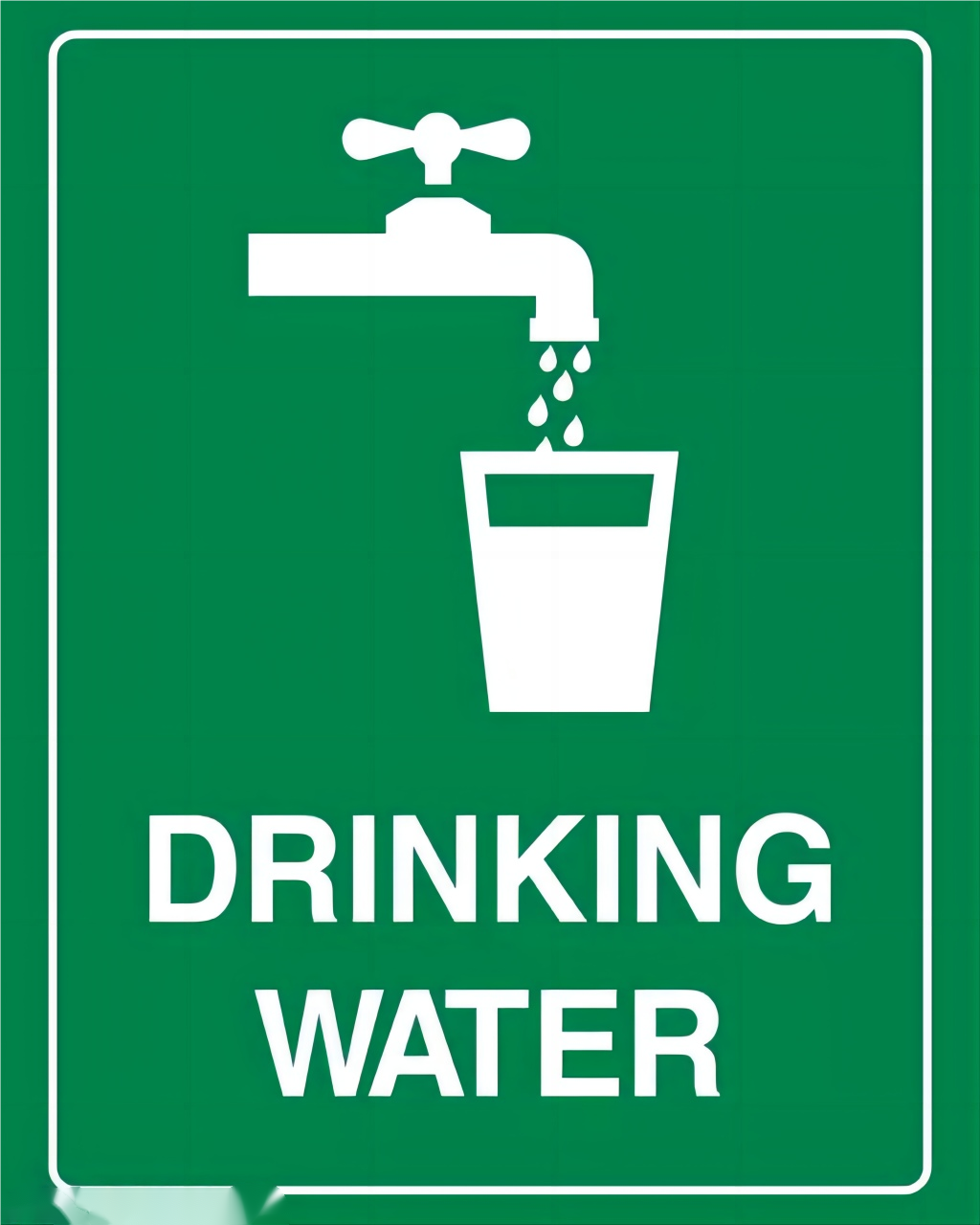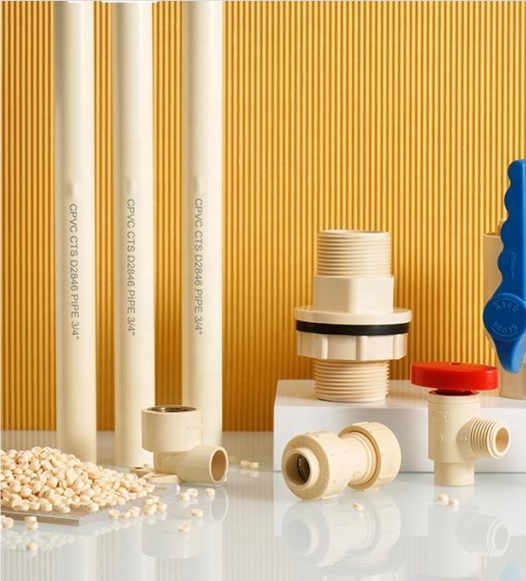Water Quality
Our society relies on plumbing systems within our homes, workplaces
and leisure facilities, to deliver safe, clean drinking water. Whilst some
piping material can improve water quality, some are better than others
at maintaining it. In assessing water quality we have covered Biofilm potential,
leaching potential and permeability.

Biofilm potential
Biofilm is a collection of organic and inorganic, living and dead materials that
accumulate on a surface. Biofilm can harbor harmful bacteria such as legionella
that could cause health issues if consumed. There are 4 stages to biofilm formation:
- Initial reversible attachment
- Irreversible attachment- formation of monolayer and microcolony
- Maturation
- Dispersion

Third party studies show that FlowGreen Pipe and Fittings consistently outperform
PEX in biofilm formation potential, due to the internal qualities of our material
presenting difficult conditions for biofilm to form.

Leaching
FlowGreen Pipe and Fittings will not leach any substances at unsafe
levels into your water supply. Our CPVC solutions are certified to
ANSI/NSF Standard 61 for drinking water transport under all
water conditions, irrespective of water hardness.

Permeability
PEX has been identified as a permeable material, meaning any contaminants
that contact the outside of the pipe may be transmitted through the pipe wall,
this could lead to water contamination, presenting potential health risks if consumed.
Unfortunately, there are no standard tests or published disclosure of materials
that carry permeation risk with PEX, leaving homeowners, builders and plumbers
exposed to future hazards and quality issues.





